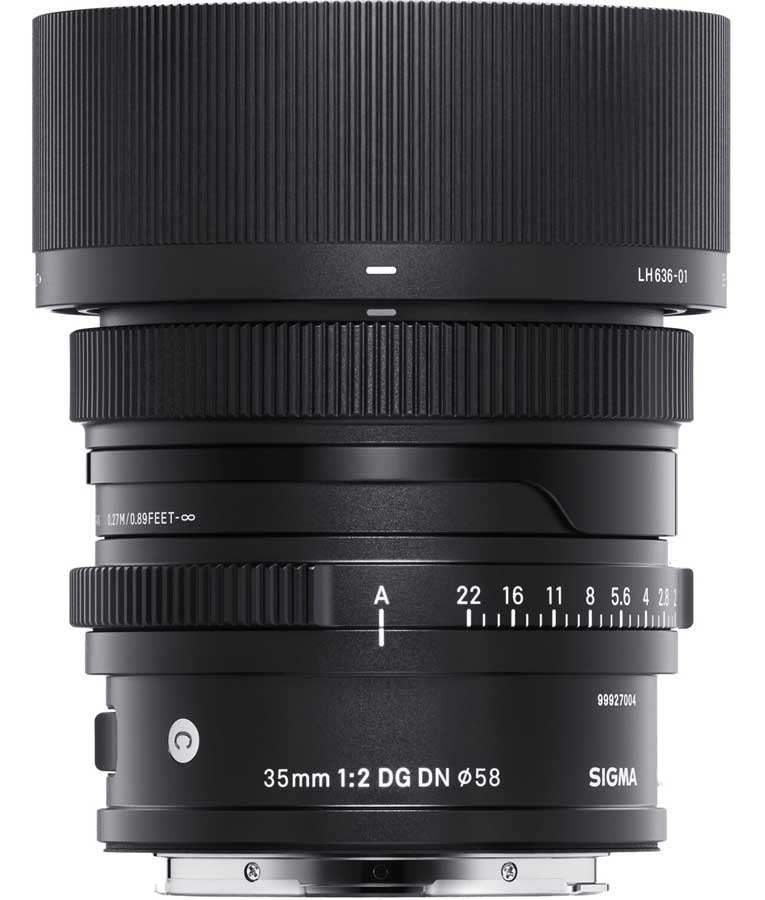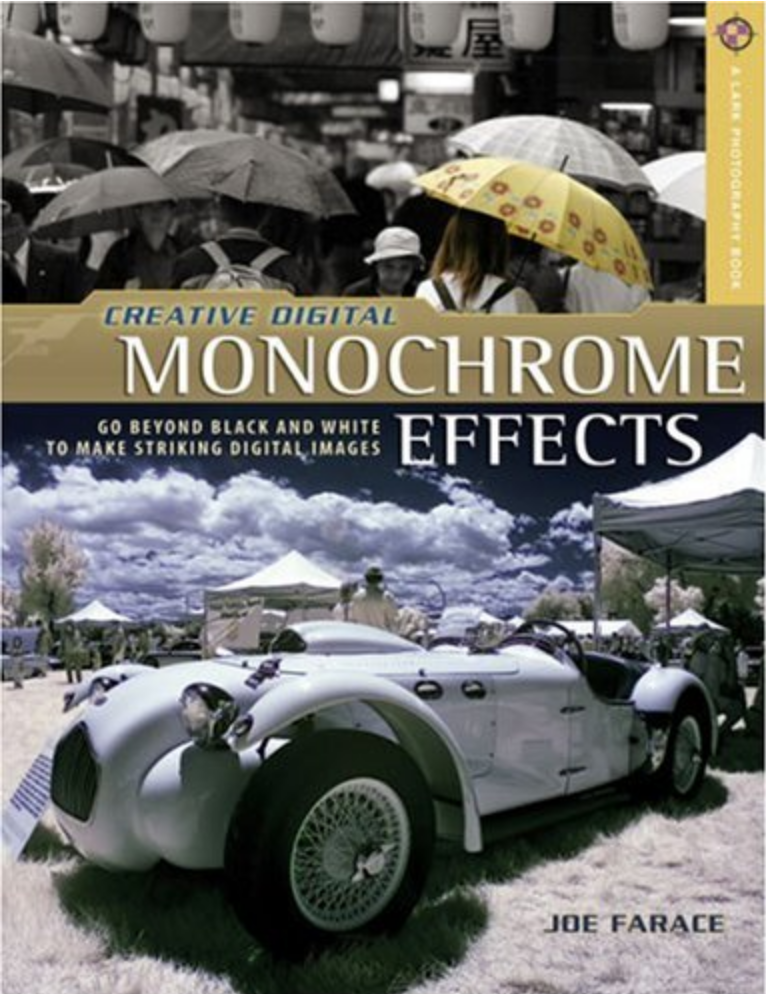Today’s Post by Joe Farace
“Best wide-angle lens? Two steps backward. Look for the ‘ah-ha’.” – Ernst Haas
 Some Internet pundits feel the 35mm focal length isn’t that useful because it’s not wide enough on one hand and not long enough on the other. I have the opposite opinion; It’s these same characteristics that endear the 35mm prime lens to me.
Some Internet pundits feel the 35mm focal length isn’t that useful because it’s not wide enough on one hand and not long enough on the other. I have the opposite opinion; It’s these same characteristics that endear the 35mm prime lens to me.
Prime lenses can be—key words—sharper than zoom lenses because they typically don’t have add glass elements which lets them produce better quality images because there’s less diffraction. This is usually caused by shooting at small apertures but diffraction also increases as the number of lens elements increase.
The Sigma 35mm f/2
The lens’s optical design uses ten elements in nine groups, including three aspherical elements and one SLD (Special Low Dispersion) element to minimize aberrations and distortion. Super Multi-Layer Coating controls ghosting and flare. While designed for full-frame L- and E-mount mirrorless cameras, the lens can also be used with APS-C sensor cameras where it provides a 52.5mm equivalent focal length.
At f/2.0 images from the lens are acceptably sharp corner-to-corner with no distortion but some slight vignetting at the bottom of the frame. When stopping down, even to f/2.2 the image becomes noticeably sharper and vignetting starts to disappear. By the time you get to f/2.8, vignetting is gone and overall sharpness continues to improve until you get to the sweet spot of f/8, when it’s downright impressive. Sunstar performance was adequate and some multicolored flare showed up under these high stress conditions but didn’t occur in any real world photography.

How I Made this shot: Here I’m doing some impromptu cold weather testing with Sigma’s 35mm f/2 DG DN Contemporary lens at McCabe Meadows with the thermometer hovering around 14 degrees F. I was a bit chilly but the lens worked perfectly. The camera used was a Panasonic Lumix S1R with an Av exposure of 1/2500 sec at f/7.1 and ISO 320. Originally captured as a color JPEG file, the image was converted to monochrome with Silver Efex to add some drama.
Fit and finish on the Sigma 35mm f/2 DG DN lens is impressive. It has all-metal constriction with a brass bayonet mount with rubber sealing making it dust and splash-resistant. The lens has a manual aperture ring that include an ‘A’ position for camera-based aperture selection but I preferred changing f/stops on the lens because it’s faster and more intuitive fro film shooters like me. The lens features a stepping motor for quick and quiet AF for photo and video. This is complemented by an internal focusing design with a rounded nine-blade diaphragm for a smooth and smooth bokeh quality.
Unlike some recent Sigma fast lens designs, the 35mm f/2 I Series lens is relatively compact. It measures 2.8 x 2.6-inches, weighs just 11.5 oz. and uses affordable 58mm filters. A metal lens hood is included at no additional cost. The lens is compatible with the optional UD-11 USB Dock for fine-tuning different lens characteristics and updating its firmware.
 If you enjoyed today’s blog post and would like to buy Joe a cup of Earl Grey tea ($2.50), click here. And if you do, thank so very much.
If you enjoyed today’s blog post and would like to buy Joe a cup of Earl Grey tea ($2.50), click here. And if you do, thank so very much.
Copes of my book Creative Digital Monochrome Effects are available from Amazon for $16.16 with used copies starting at affordable prices—around seven bucks—right now. Pick up a copy now while they’re cheaper than your next “cup of joe” at Starbucks.